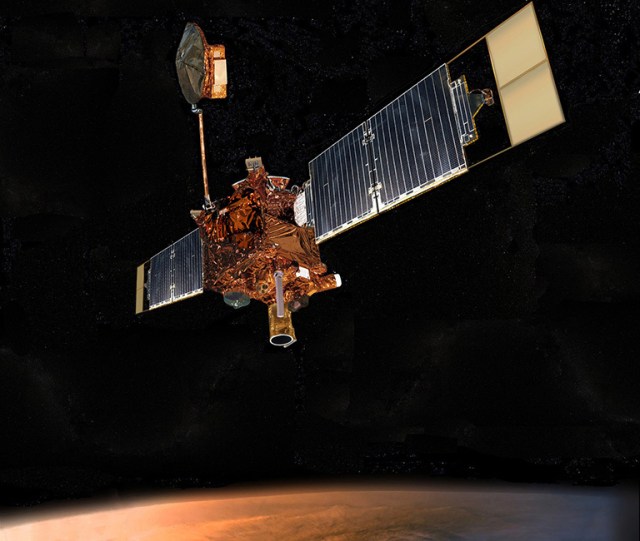- Sat. Apr 20th, 2024
Latest Post
From Pioneer to Pioneering: The Unprecedented Legacy of Mars Global Surveyor in Planetary Science
Mars Global Surveyor was a revolutionary spacecraft that spent ten years orbiting the Red Planet, completely transforming scientists’ knowledge of Mars. The spacecraft thoroughly examined the entire Martian surface, atmosphere,…
Finance Minister Domanski and World Bank President Banga Discuss Global Economic Challenges in Social Media Chat, Announce 250 Million-Euro Agreement for Poland’s Clean Air Initiative
Poland has recently signed a 250-million-euro agreement with the World Bank to support its Clean Air program, as announced by Finance Minister Andrzej Domanski. In a recent post on social…
Head Start Grants Unveiled: $21M Infusion to Enhance Memphis Health Center, Porter-Leath Programs
Memphis Health Center Inc., Porter-Leath, and the Shelby County Board of Education have been awarded grants totaling $21,309,797 from the U.S. Department of Health and Human Services. The announcement was…
World Record in Distance Medley Relay: Teamwork and Determination Lead to Groundbreaking Performance by Brandon Miller, Henry Wynne, Isaiah Harris, and Brannon Kidder
Brandon Miller, Henry Wynne, Isaiah Harris, and Brannon Kidder teamed up to set a new world record of 9:14.58* in the distance medley relay at the Oregon Relays in Eugene,…
The Hip-Hop Feud of the Century: Kendrick Lamar vs. Drake and Beyond
The ongoing feud between Kendrick Lamar and Drake has been reignited on the hit song “Like That” by Future and Metro Boomin. In a guest verse, Lamar took aim at…
AI Tool Predicts Employee Turnover, Boosts Retention Rates in Japan
Japanese researchers have developed a tool that uses AI to predict which employees are likely to leave a company, allowing bosses to provide targeted support to discourage them from quitting.…
Chasing Perfection: Ronnie O’Sullivan’s Quest to Find His Turbo Button
In a recent interview with Eurosport’s Rachel Casey, Ronnie O’Sullivan discussed his desire to find a “turbo button” to consistently perform at a high level. Despite his numerous victories in…
High School Senior Skip Day Party Ends in Tragedy: Five Injured in Shooting Incident
During a high school senior skip day party in Greenbelt, Maryland, five people were shot at a park. The incident occurred at Hanover Parkway in Prince George’s County, where hundreds…
Boston Dynamics Upgrades Humanoid Robot for Real-World Applications: A Step Towards Safer and More Ethical Robotics
Boston Dynamics, a U.S. company, has announced plans to upgrade its humanoid robot with a new model that is designed for real-world commercial and industrial applications. The company will be…
Pandemic Passion: Chocolate Bijoux – A Family Business Born Out of Science and Creativity
During the COVID-19 pandemic, a local small business in Baton Rouge was born out of a passion for chocolate and science. The business, called Chocolate Bijoux, is run by LSU…




